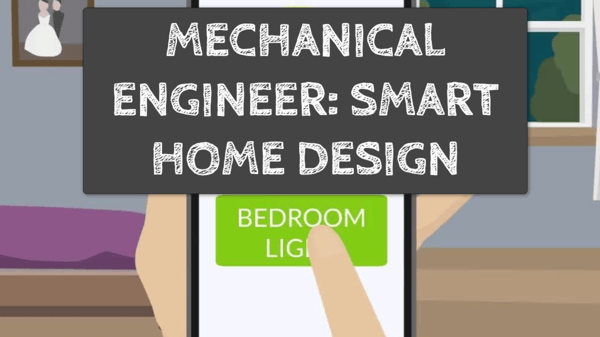“Education is not an affair of ‘telling’ and being told, but an active and constructive process.”
— John Dewey
I would like to share a tool that will help educators implement High-Quality Project Based Learning, or HQPBL. It is a 6-part framework aligned with the student PBL experience. In order for a project to be deemed “high-quality,” all of these criteria must be present.
The six criteria of a high-quality project are:
- Intellectual Challenge and Accomplishment
- Authenticity
- Public Product
- Collaboration
- Project Management
- Reflection
Note: If this is new to you, we recommend you check out our other Defined Learning blog to get the lay of the proverbial HQPBL land!
HQPBL is very much an “active and constructive process” in which students not only do meaningful work, they are designers and deciders of their learning journey. Such an approach requires creativity, iteration, and an ongoing commitment to learning. We say this because let’s be real—project-based learning is messy (at times). The project journey can feel uncertain (hello, open-endedness). And, the project design and implementation are constantly evolving based on context and students’ needs.
To help you embark on—or perhaps revisit or refine—your PBL practice in light of the HQPBL framework, the ACP team put together a single-point rubric that has all of the criteria descriptors in one place. For a handful of the criteria, we have elevated some additional items. Why a single-point rubric? We wanted to make “what HQPBL looks like” the focus and enable you, the educator, to engage in reflection that leads to both action and celebration. After the rubric, we offer guidance on ways to use the rubric.
.png?width=600&name=1%20(1).png)

Download the rubric here for free!
Rubric structure
Whether or not you are using HQPBL, use the rubric to audit your current practice. It is why we have structured it as a single-point rubric. Project-based learning incorporates a number of best practices you are likely already using. In the left column, name and celebrate what you are already doing! Build upon your existing success. Record the areas you want to improve or lean into more in the right-hand column. As you do, name your “why” for this work. What difference would it make to have students doing or experiencing that indicator?
Ways to use the rubric
We are fans of an ongoing assessment approach! Here we offer a few ways to use it.
The Project-focused Approach
Before starting a new project, complete a self-assessment using the rubric. What are students already successful doing and where could you invest some time and energy? We recommend you select a single indicator or criteria to focus on per project. You will likely have a number of standards and skills to address. Keep this manageable and possible.
For example, imagine you complete the HQPBL self-assessment and notice you listed a number of collaboration indicators in the “areas for improvement” column. Because you know that students are new to one another (as it is still early in the year), you choose to focus on building healthy relationships. During the project, you intentionally design and incorporate collaborative activities to help students get to know one another and communicate effectively. Return to the rubric at the end of the project. If you feel like your students have a handle on building healthy relationships, you can move on to something else in the next project. (Though, ongoing practice is certainly necessary!)
The Over-time Approach
Complete a self-assessment with the rubric at the end of each project. Where were the wins? Where did the project need some adjustments? After you have gone through a few projects, take a look back. Are there any patterns or trends? Use what you uncover to make a plan for strengthening your projects to improve the student experience.
Team Approach
This approach is a two-parter. Individually assess a recent project or your current practice. Then, come together with a partner teacher, grade-level team, or department to share your results. Again, what can you celebrate as a team? Who has confidence or success in particular criteria? Where could you join together to address a shared area of growth? Make a plan to support one another and be accountable for implementation.
Want to learn more?
After you try on one of the approaches above (or perhaps one all your own!), learn more about HQPBL using the resources below.
Share your reflections or celebrate the work you are doing with students with us on Twitter or Facebook!
About the Author
Dr. Gina Olabuenaga is a professional learning designer and facilitator for K–12 educators. Her areas of expertise include project-based learning, social and emotional learning, and other constructivist practices. Her professional life has been an extension of her doctoral study on effective professional learning. As the former Director of Curriculum at PBLWorks, she led and supported the design and facilitation of workshops and services. Along with her partners at ACP, she has written 3 books: Connecting Together: Collaboration Strategies for Online and Physically Distanced Learning, SEL Connected: Accessible Strategies to Bridge Social and Emotional Learning to Everyday Content, and their latest, HQPBL Connected: An Educator's Guide to Creating Meaningful Project-based Student Experiences. You can find Gina on Twitter @OlaDoctorGina or at www.appliedcoaching.org.